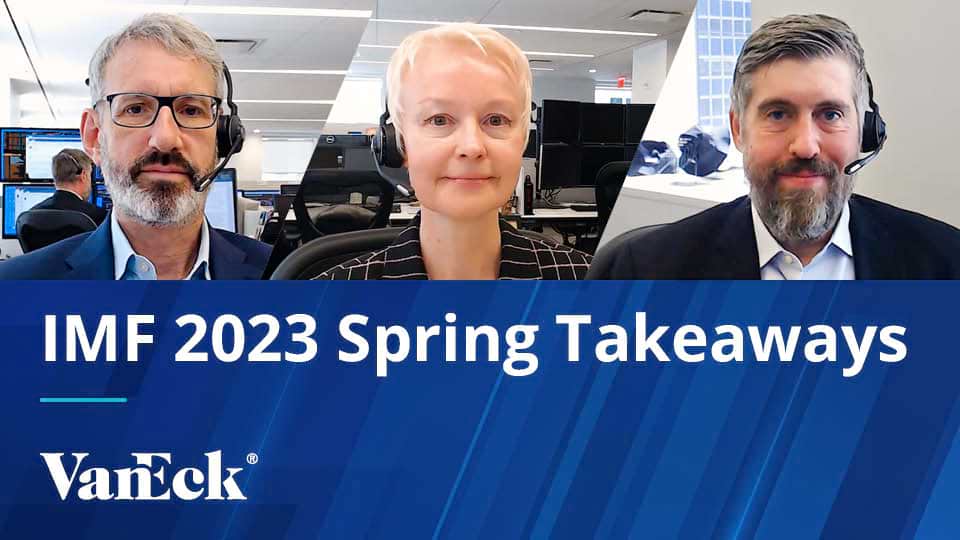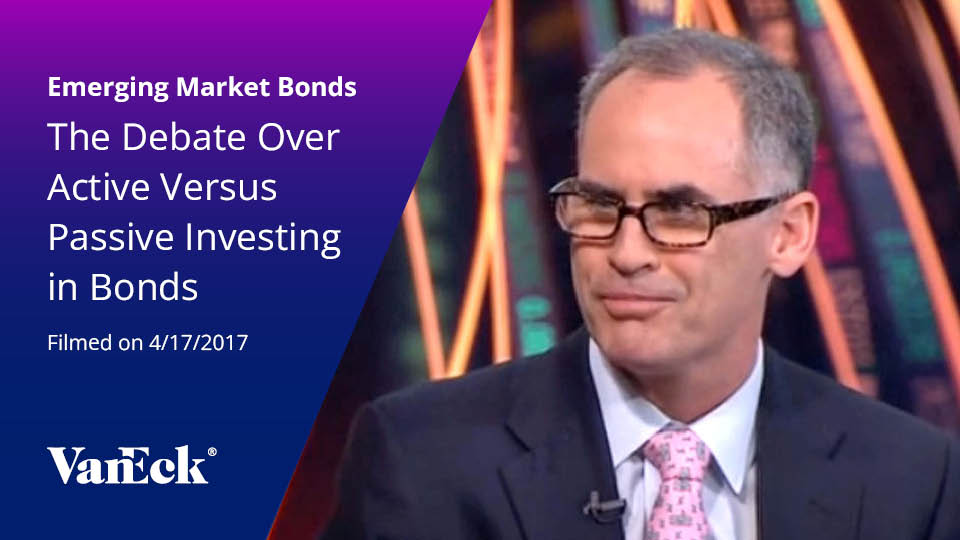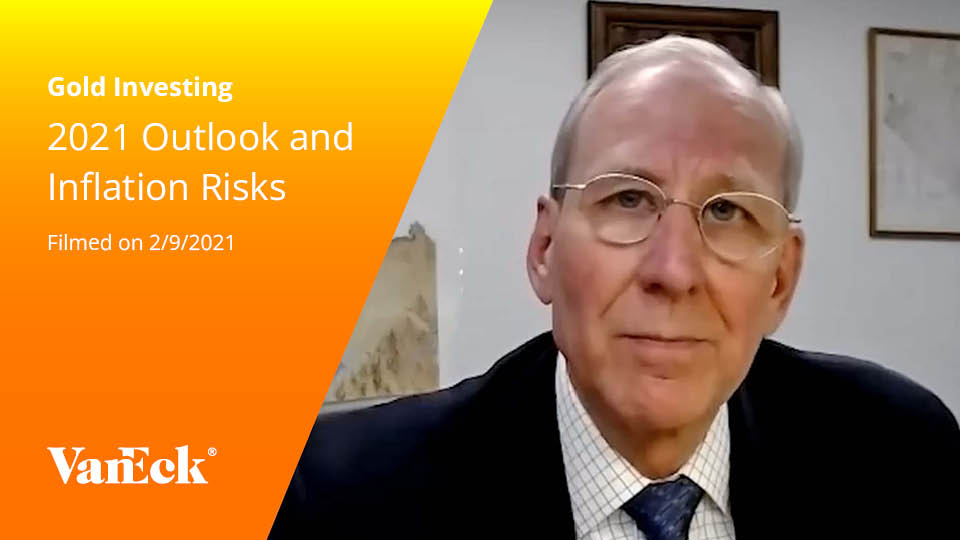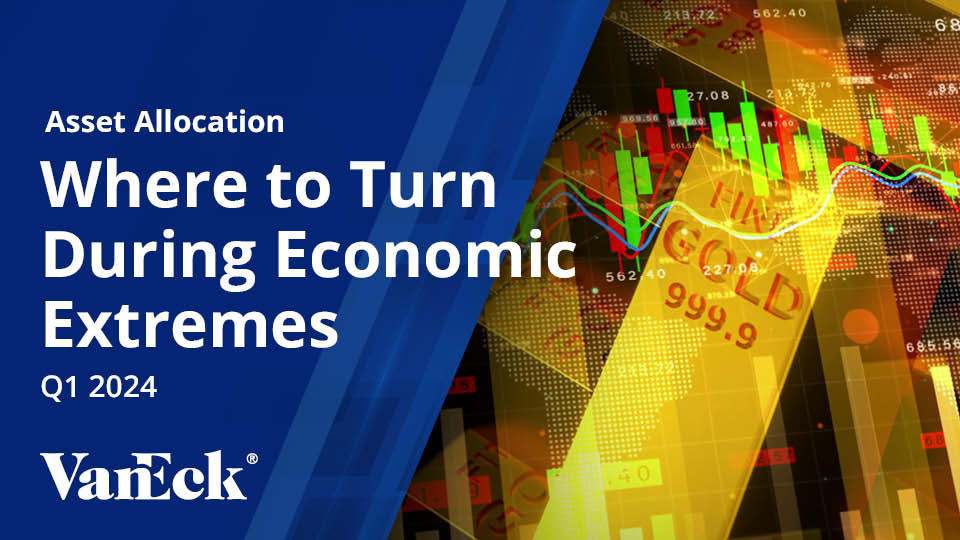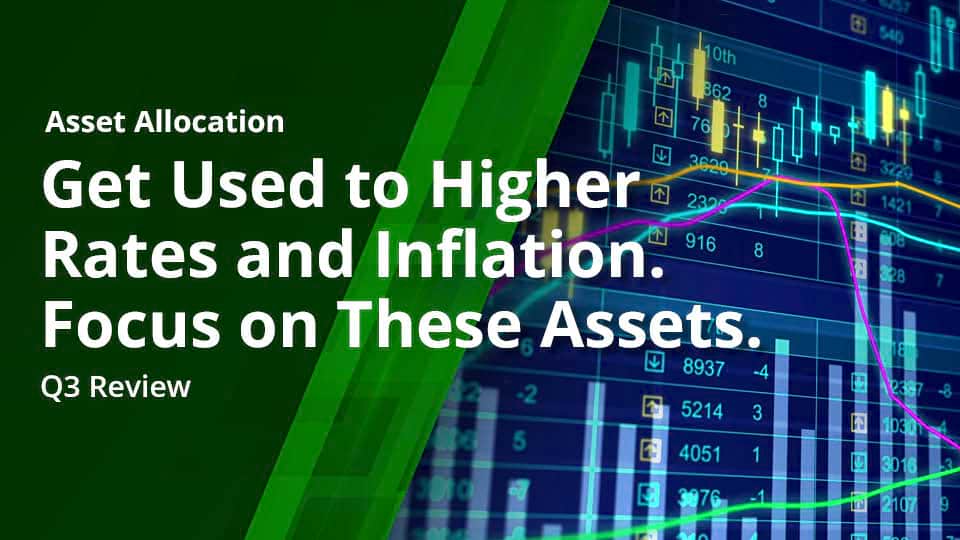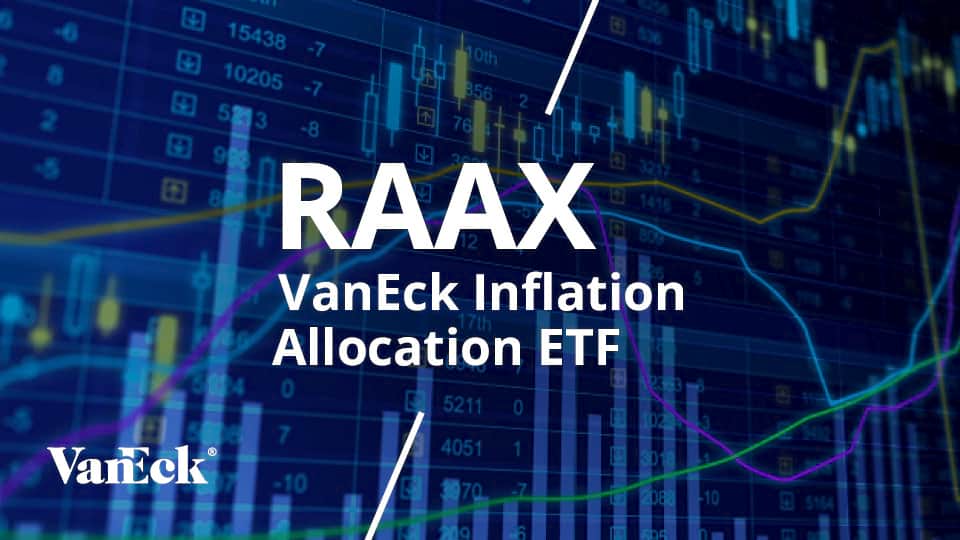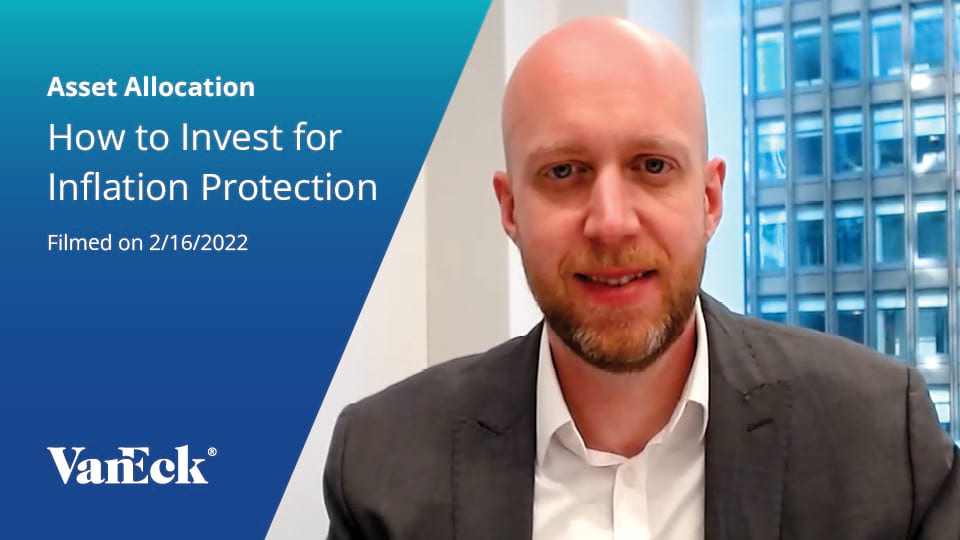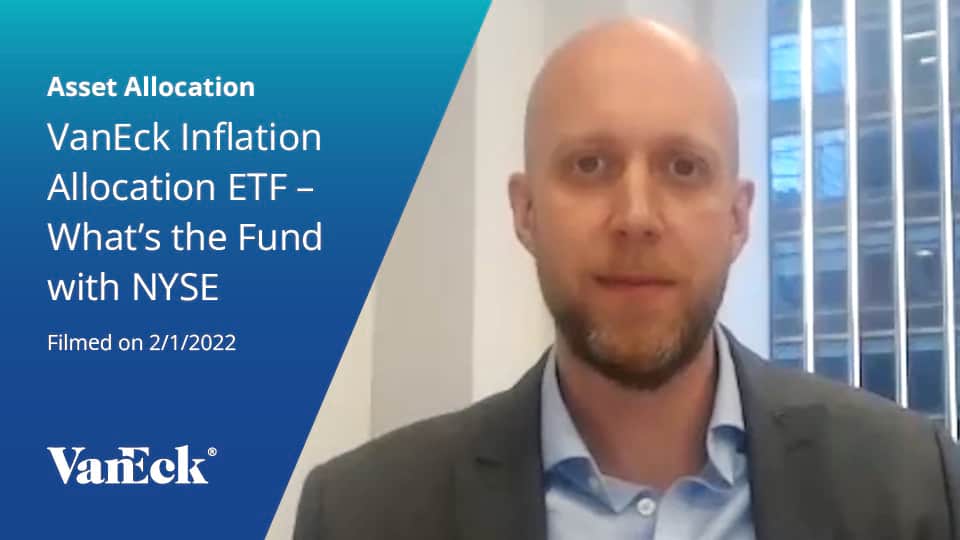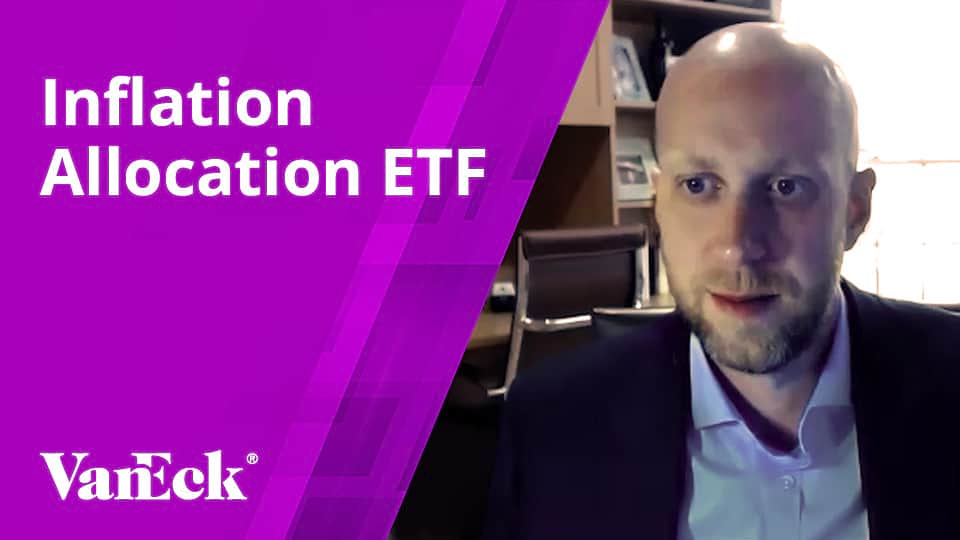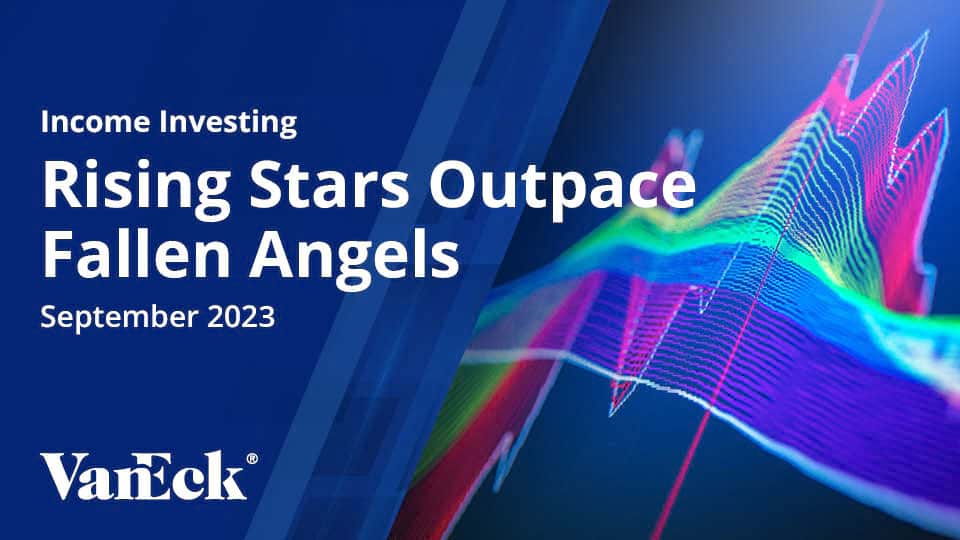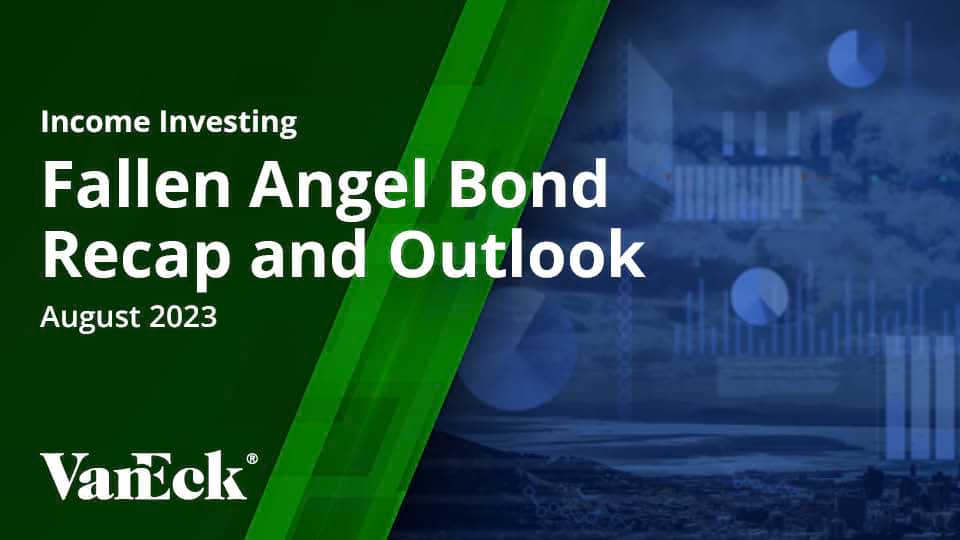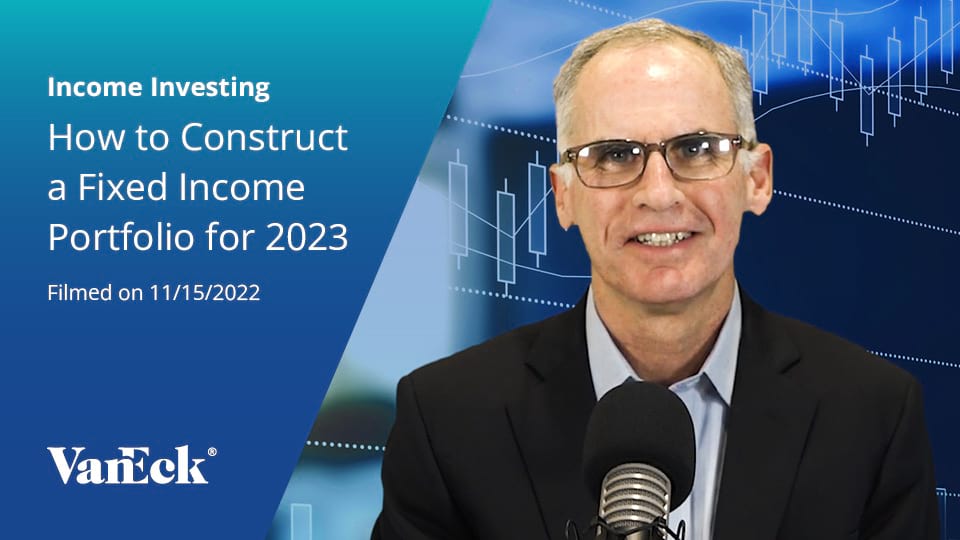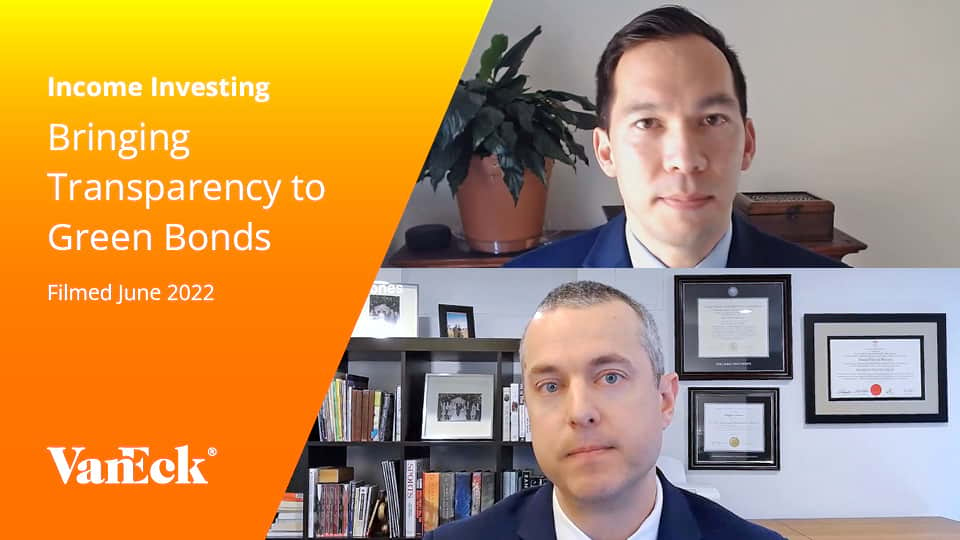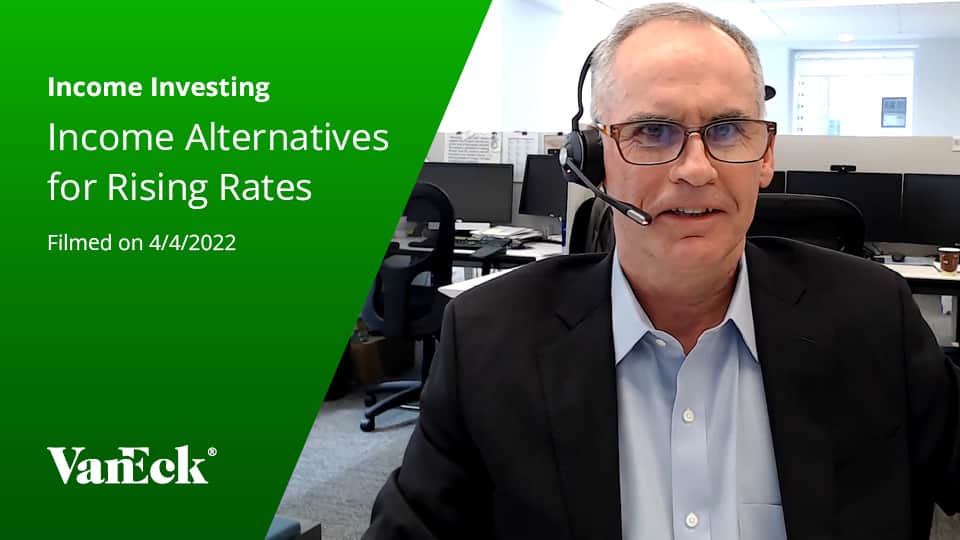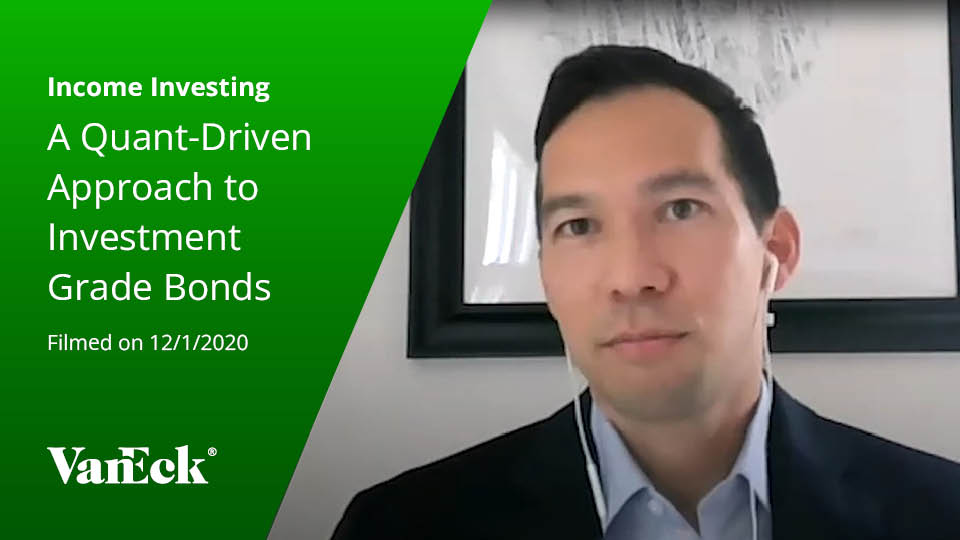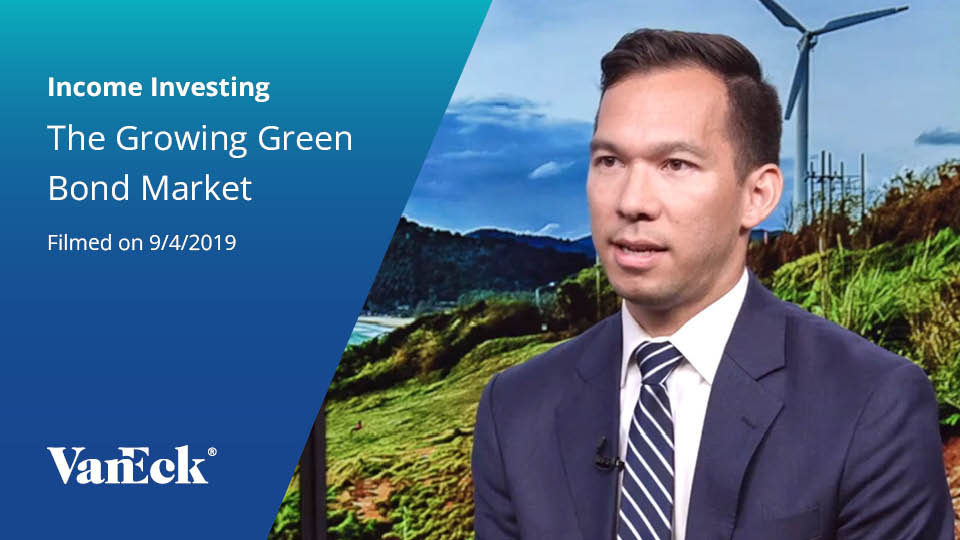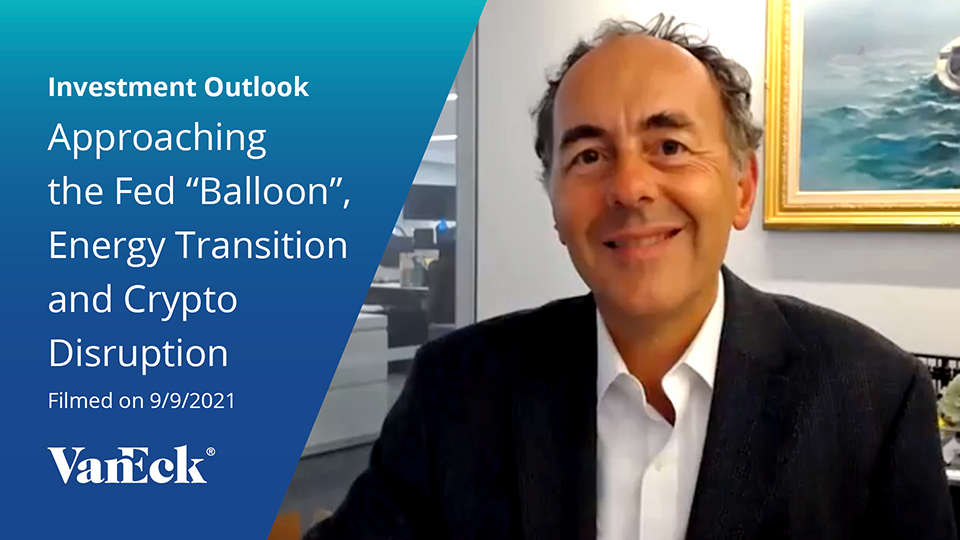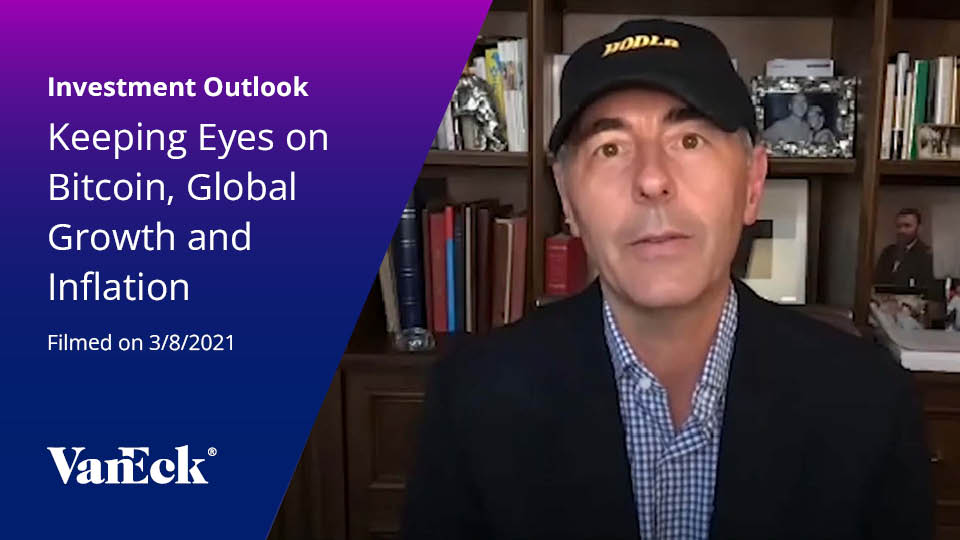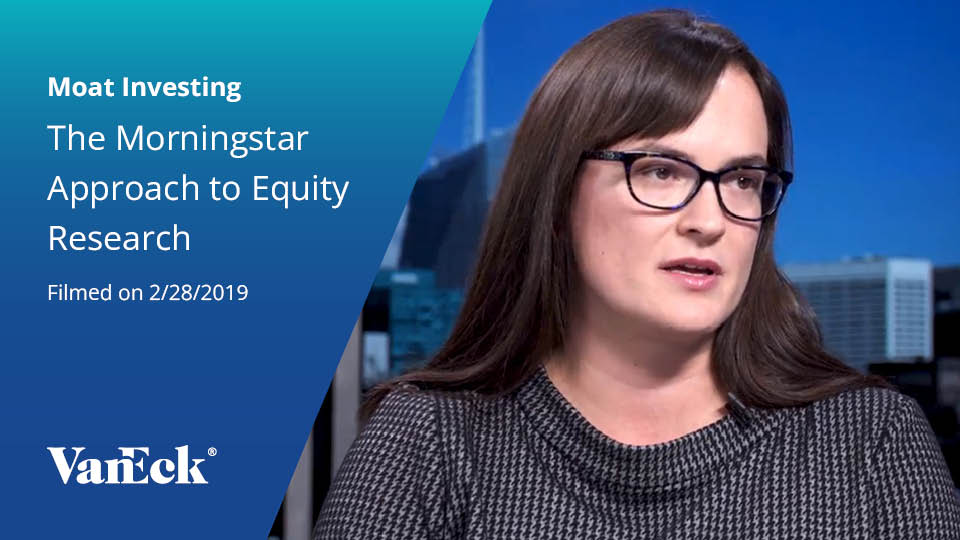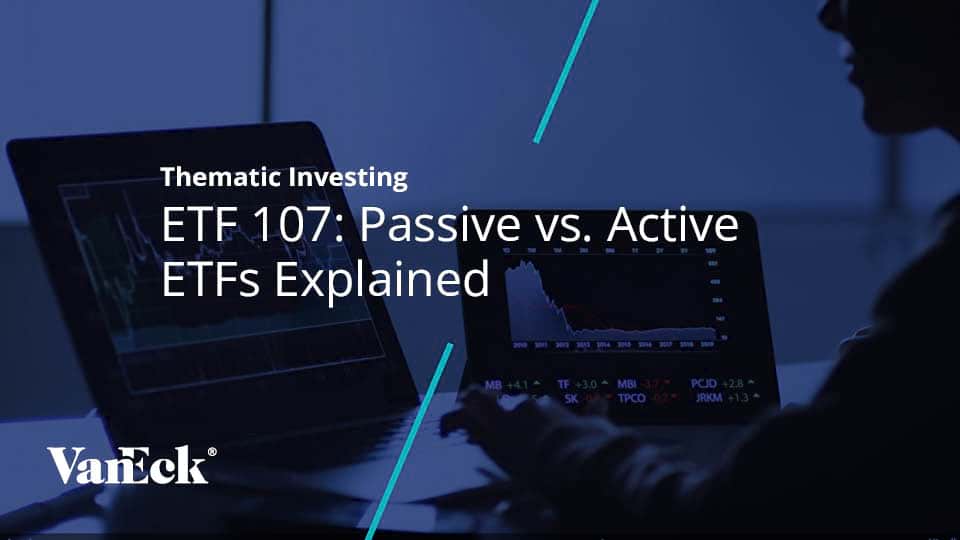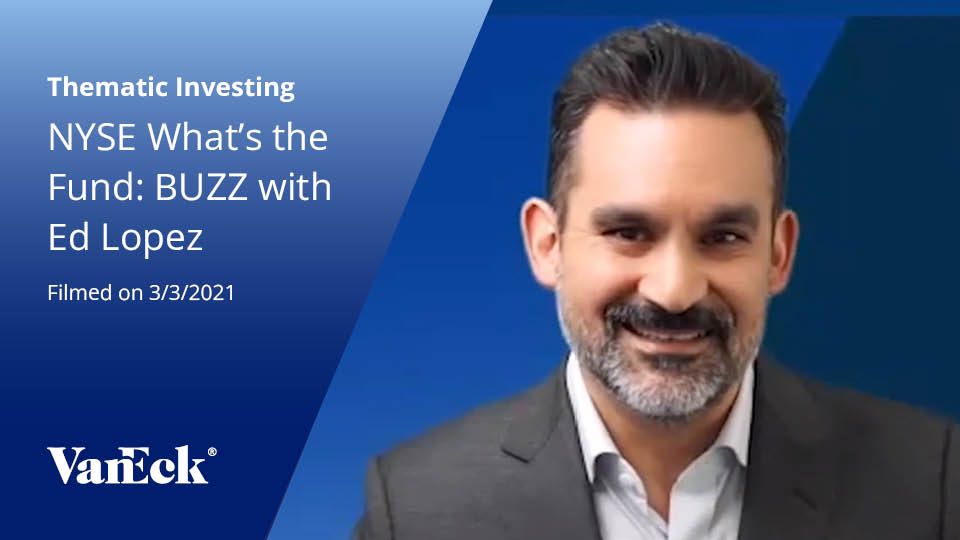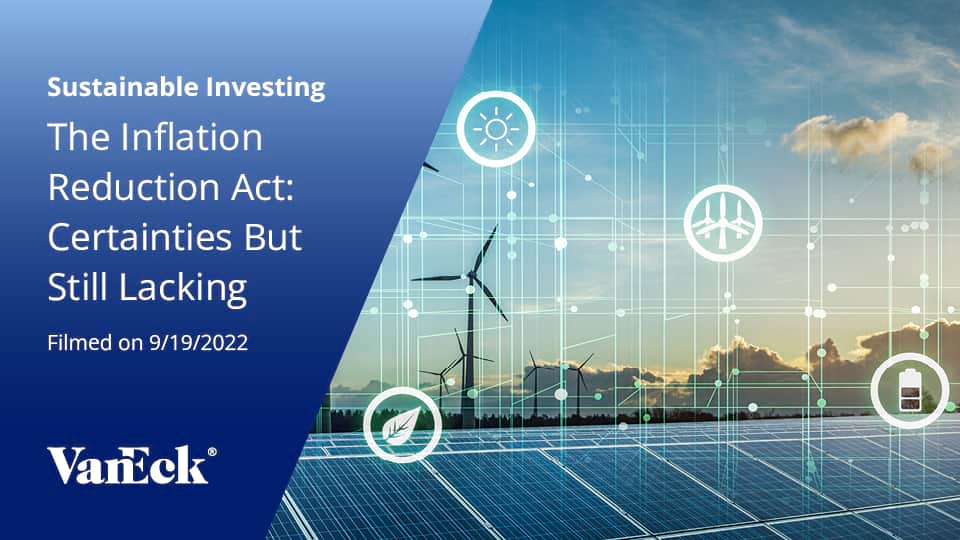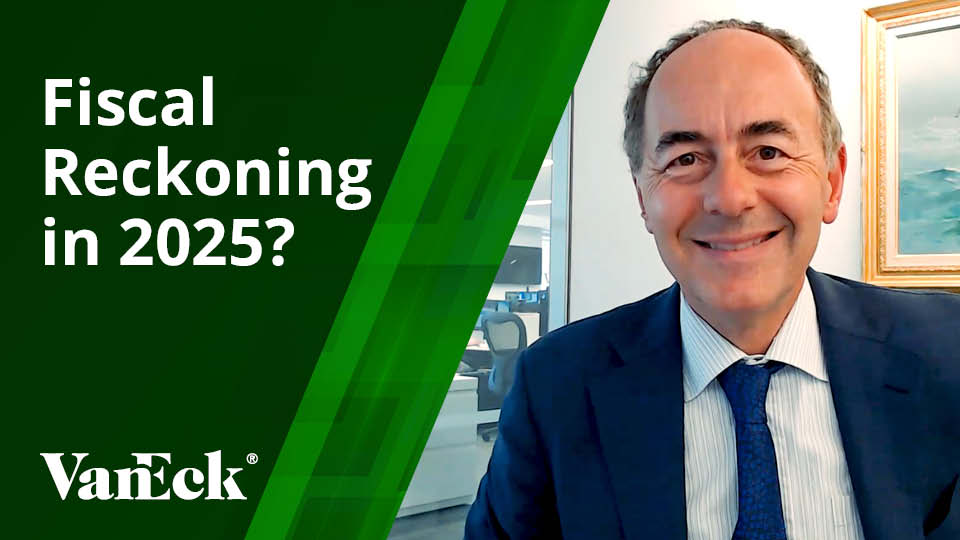Videos

Nicolas Fonseca talks about how fallen angels have outperformed the broad high yield market in Q1, the impact of the repricing in market expectations for rate cuts, and downgrade activity.
Fallen Angel Bond Recap and Outlook, Q2 2024
There's been some interesting developments in fallen angels in Q1 plus some downgrade activity that we want to discuss. Then we will cover the impact over the short and long term.
Spreads Continue Trending Downwards
First let's start by stating that fallen angels outperformed the broad high yield market by 10 basis points in Q1. Fallen angels returned 1.61 % versus 1.51 % for the broad high yield market due to tighter spreads, which drove high price returns.
Spreads continue trending downwards finishing Q1 at about 250 basis points. You can see the downward trend that has been going on since the summer of 2022 where spreads reached the mid-400s. With that said, Fallen Angels still have about 50 basis points to reach their all-time low of 200 basis points, which happened in October of 2021.
With a hotter than expected inflation and jobs numbers so far this year, there's been a repricing in market expectations for the rate cuts, causing long -term yields to move upwards.
As of April 15th, the 10 year was at 4.63%, almost 70 basis points higher than at the beginning of the year. At the same time, yields on fallen angels remain significantly higher than historical averages despite a tightening of spreads.
Tight Spreads Have Contributed to Fallen Angel Price Outperformance
The tight spreads have contributed to Fallen Angels price outperformance in the short term, as you can see on the table. Over the past few years, the strong credit environment and the higher duration of Fallen Angels has driven a lag in price returns versus the broad high yield market, especially over the one and three year periods where you can see fallen angels underperforming the high yield market by 10 basis points and 38 basis points.
If you look closely at the price and income difference column, you will see that for those two periods, the price return hasn't been able to offset the difference in income as it had happened over the other periods.
Finally, there's a couple of things to note in terms of downgrades that happened in Q1. There were no fallen angels in March, but over the course of the quarter, there were two. Most important, we continue to monitor issuers that may be impacted by the commercial real estate exposure, especially as S&P downgraded five regional outlook banks due to their commercial real estate exposure and the continuing challenge in the sector.
On the other hand, Moody's placed Boeing’s Baa2 rating on review for downgrade as they believe that it will not be able to deliver enough planes to maintain free cash flow. However, the company still remains a couple of notches above high yield.
Closer to a fallen angel status is Paramount Global as both S&P and Fitch downgraded it, citing continued core cutting, and elevated cost of building their streaming services. With that said, S&P already made the move from investment grade to high yield, but Fitch, despite the downgrade, still rated as investment grade.
Investor Impact
High-yield investors should not solely focus on every data point that Fed is looking at, but acknowledge the rate cuts are coming. And more importantly, what the impacts of the rate cuts mean for high-yield.
Rate cuts down the road will probably provide a potential for a duration tailwind, although we generally expect the yield curve to normalize rather than a significant decline in long-term bond yields.
With that said, once the Fed starts their easing cycle, double B rated bonds have demonstrated outperformance over time. And something positive we hear about fallen angels is that they're currently 82% exposure to those double B rated bonds while the broad high yield market is only at 51% exposure.
Last, the potential fallen angels that we mentioned before may provide some tailwinds as typically higher volume of fallen angels correlates with higher total returns as it occurred during the COVID pandemic and in 2016 with the oil crisis.
IMPORTANT DISCLOSURE
Please note that VanEck may offer investment products that invest in the asset class(es) or industries included in this video.
The information presented does not involve the rendering of personalized investment, financial, legal, tax advice, or any call to action. Certain statements contained herein may constitute projections, forecasts and other forward-looking statements, which do not reflect actual results, are for illustrative purposes only, are valid as of the date of this communication, and are subject to change without notice. Actual future performance of any assets or industries mentioned are unknown. Information provided by third party sources are believed to be reliable and have not been independently verified for accuracy or completeness and cannot be guaranteed. VanEck does not guarantee the accuracy of third party data. The information herein represents the opinion of the author(s), but not necessarily those of VanEck or its other employees.
A fallen angel bond is a bond that was initially given an investment-grade rating but has since been reduced to junk bond status.
High yield bonds may be subject to greater risk of loss of income and principal and are likely to be more sensitive to adverse economic changes than higher rated securities.
There are inherent risks with fixed income investing. These risks may include interest rate, call, credit, market, inflation, government policy, liquidity, or junk bond. When interest rates rise, bond prices fall. This risk is heightened with investments in longer duration fixed-income securities and during periods when prevailing interest rates are low or negative.
All investing is subject to risk, including the possible loss of the money you invest. As with any investment strategy, there is no guarantee that investment objectives will be met and investors may lose money. Diversification does not ensure a profit or protect against a loss in a declining market. Past performance is no guarantee of future performance.
No part of this material may be reproduced in any form, or referred to in any other publication, without express written permission of Van Eck Associates Corporation.
© 2024 Van Eck Associates Corporation.
666 Third Avenue, New York, NY 10017







































